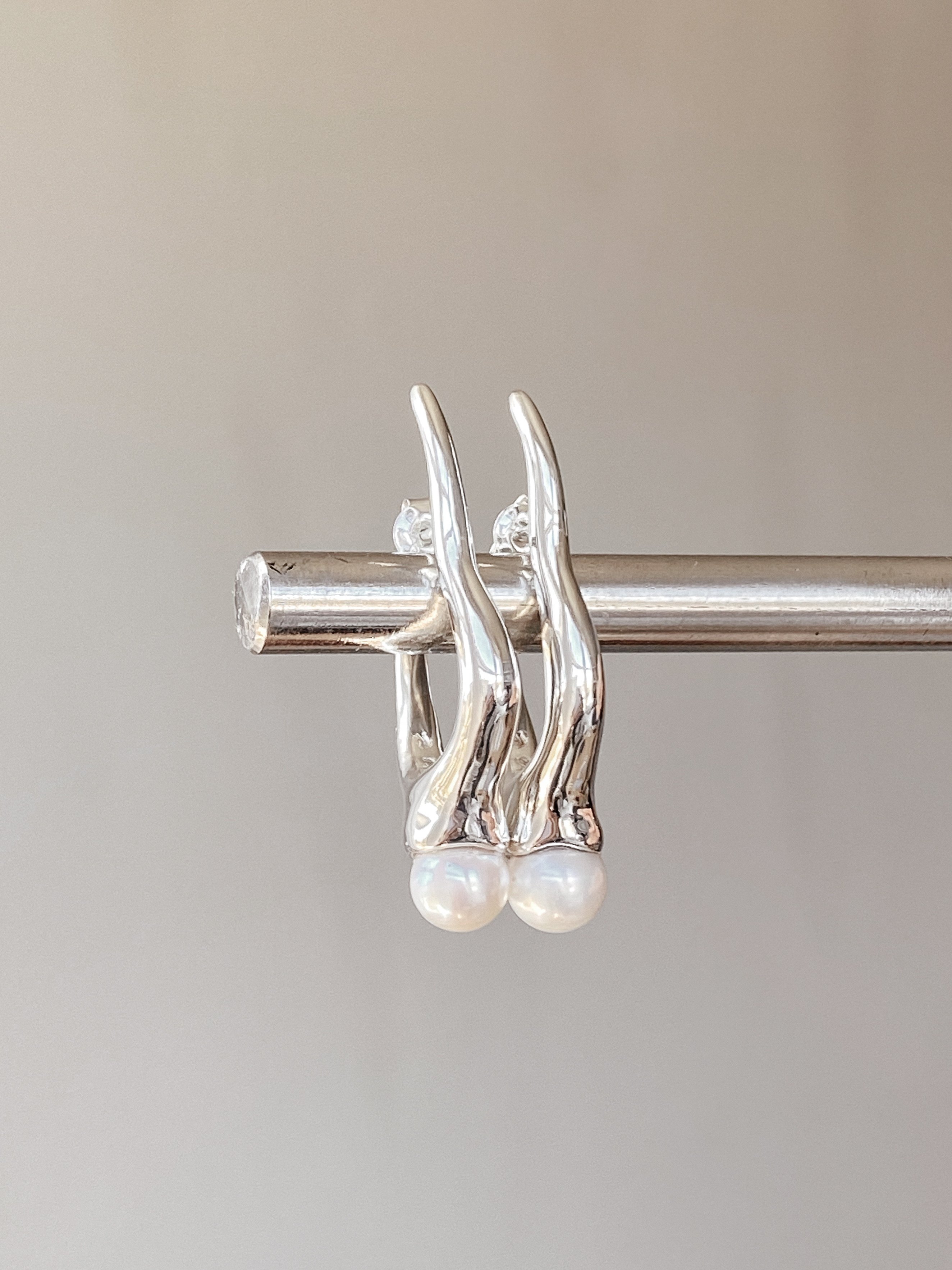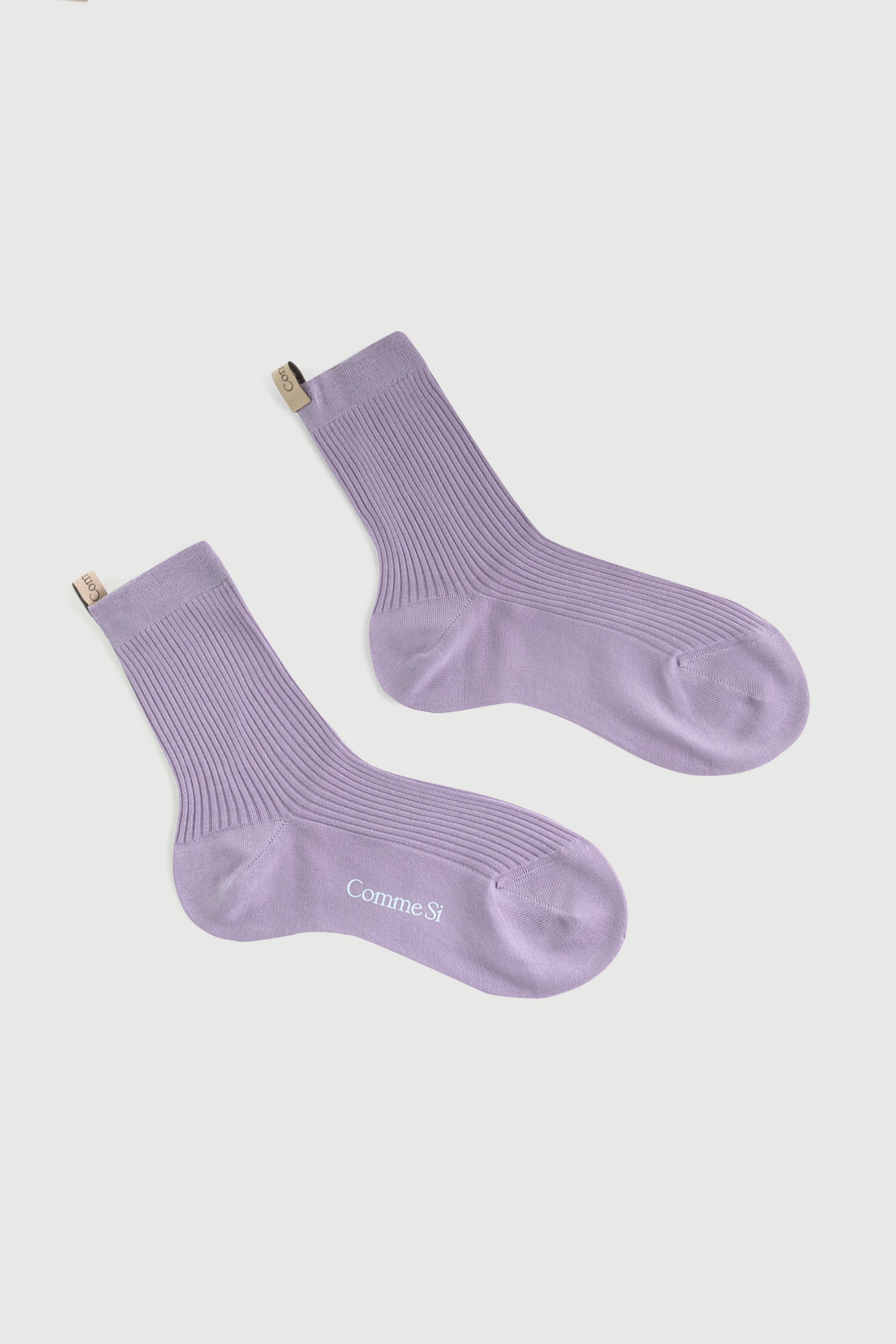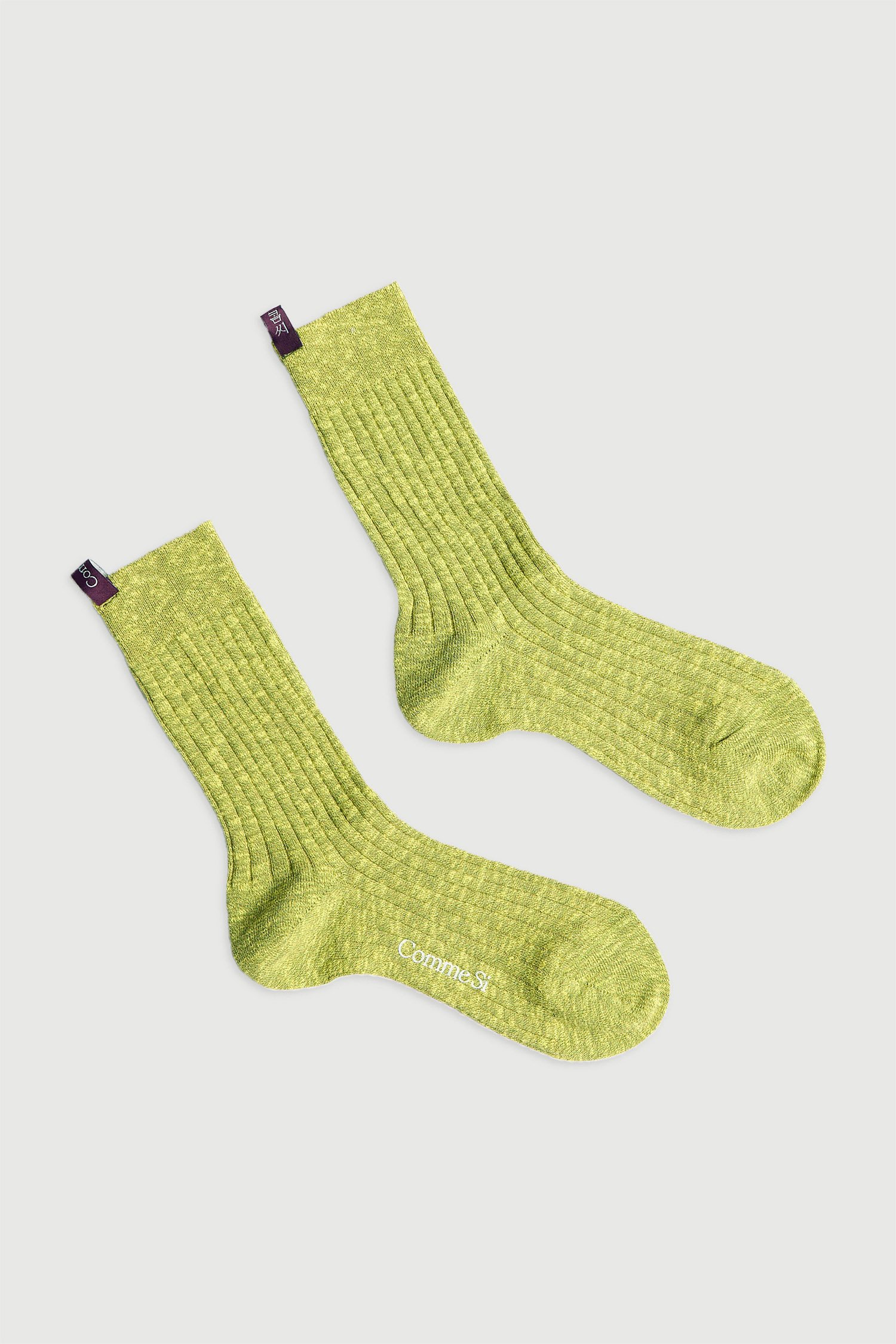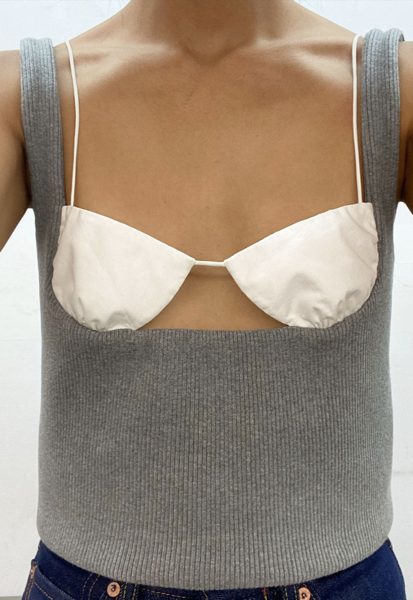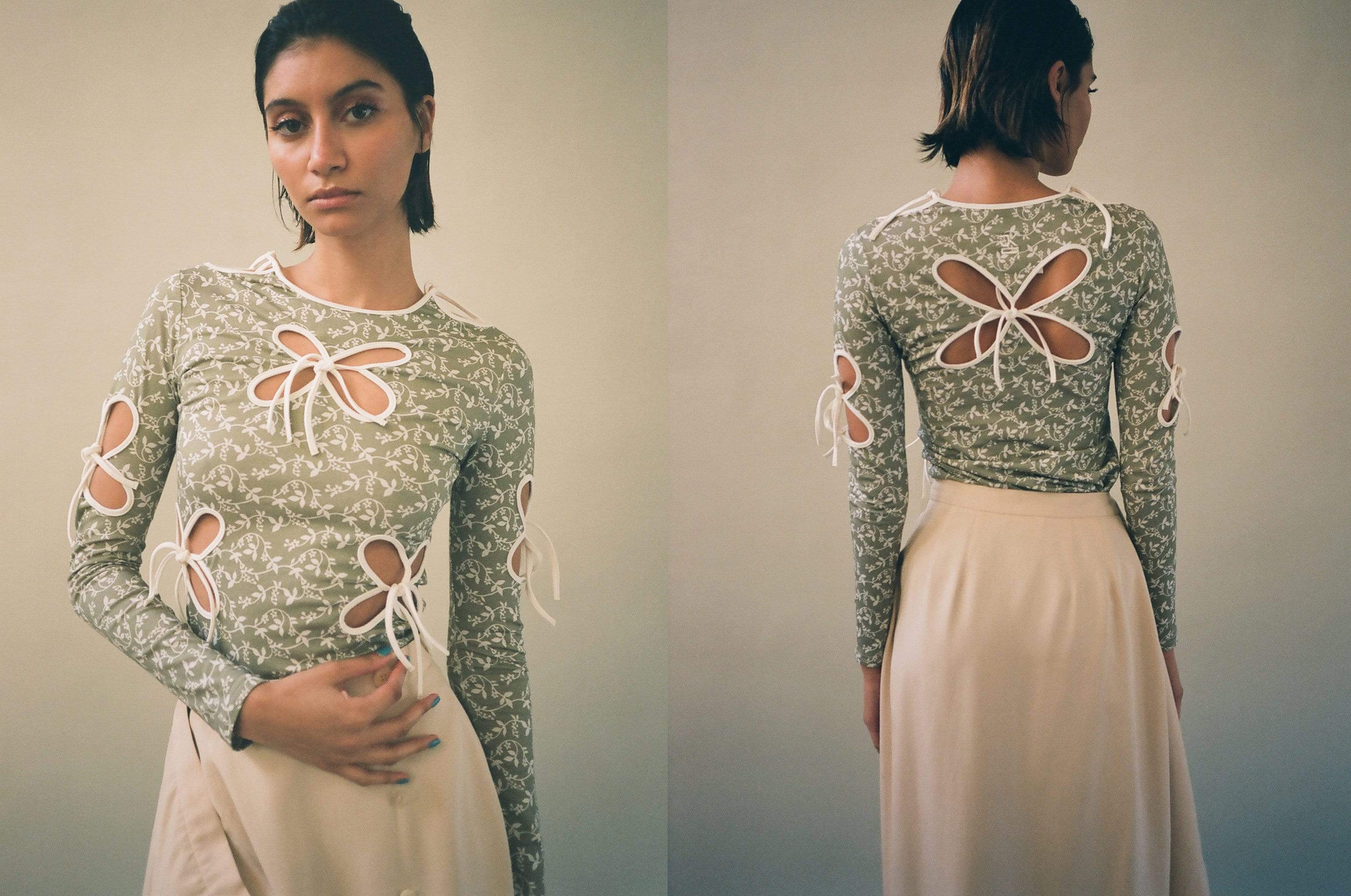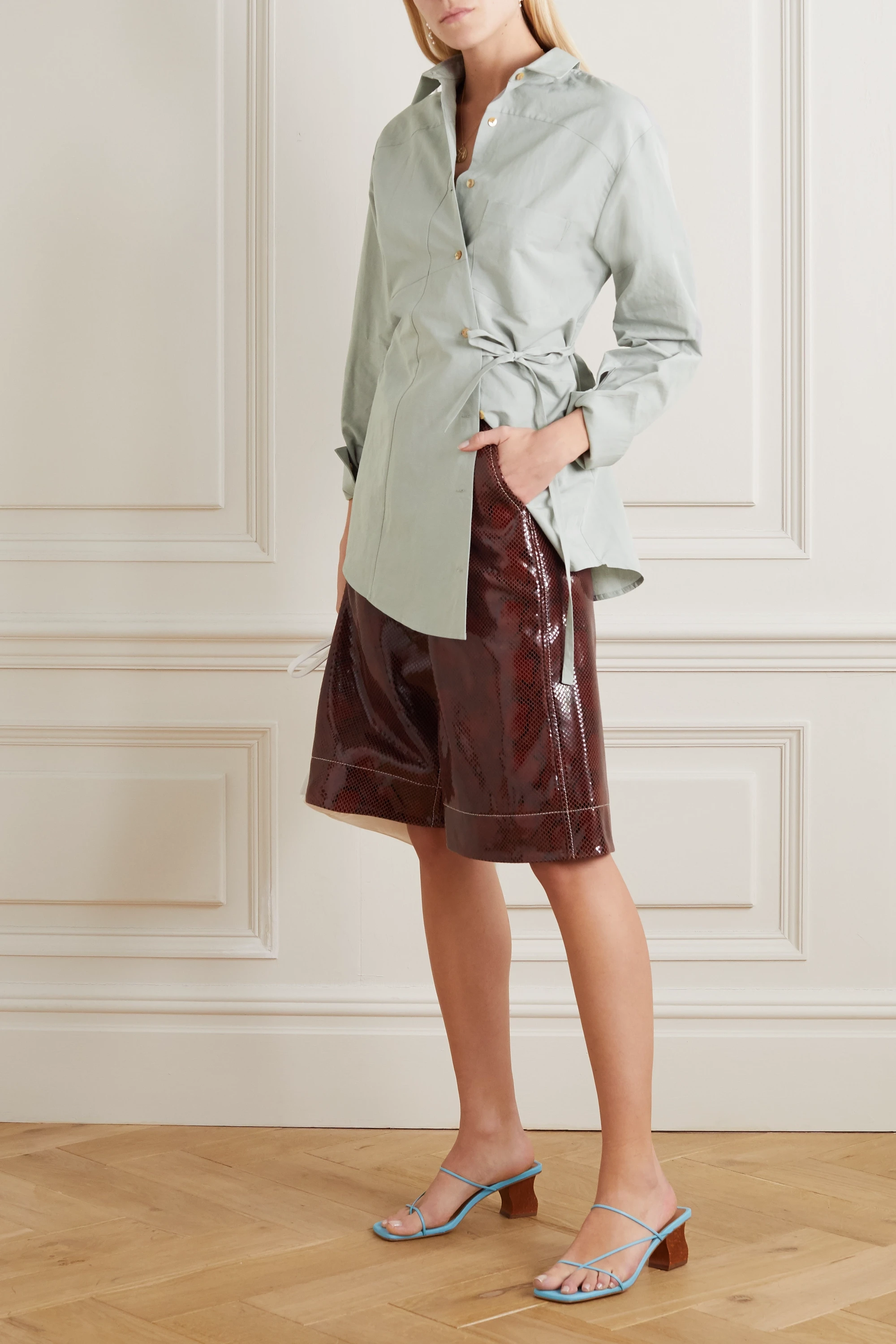Meet the Designer Behind Fashion Instagram's Biggest Décor Trends

The creative design side of Instagram is its very own specific niche, but it's where the realms of fashion and furniture collide. It's where trends are born and take off, eventually filtering into the masses months or even years later. Even storied furniture icons such as Ligne Roset's Togo sofa and Tobia Scarpa's Soriana chair have accumulated newfound fame on the app, exposed to a new audience of fervent fans—mostly millennials—anxious to own a part of design history. But aside from the usual European male names that tend to be thrown around when talking about furniture design, a few fresh faces have broken through the noise to cement themselves as a new generation of designers to watch. One of those people is New York–based designer Eny Lee Parker, a 31-year-old designer whose distinct, playful creations you can't help but notice. Although a relative newcomer, Parker's work has generated big buzz within the design scene, spanning a slew of copycats and endorsements from industry tastemakers.
If you're an avid user of social media, you've likely already come across a few of Parker's most well-known pieces, one being the Oo Lamp—a two-globe terra-cotta lamp that model Elsa Hosk is particularly fond of.
As one could expect, Parker is a busy woman, managing a small team out of her Queens studio, where she does everything from conceptualizing new designs to packing and fulfilling orders. We caught up with the designer to talk about her unique creations, why she considers herself lucky, and what goes into building a bustling business.
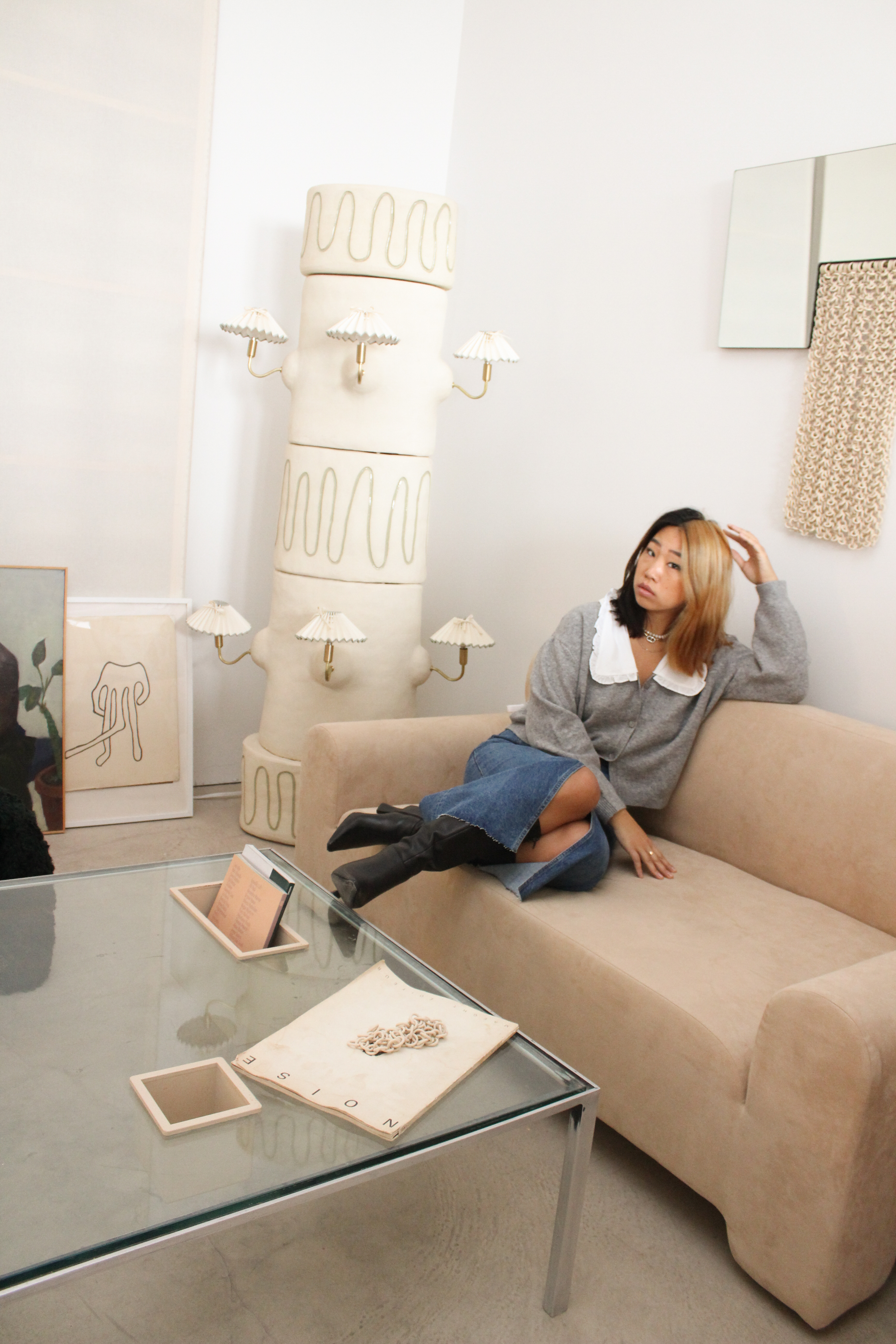
Can you tell our readers a little bit about how you got started and your journey to becoming a furniture designer? Your pieces are so unique—were you always so creative growing up?
I was born and raised in Sao Paulo, Brazil—my parents are Korean immigrants. My mom and I immigrated to the United States when I was 13. Growing up, I didn't really have creative thoughts. I think that my mom just noticed that I was really bad at studying and that I enjoyed drawing. She was always super supportive and put me into art classes while I was in school. Her thing was she wanted to encourage me to do something that I wouldn't mind doing for long periods of time. For kids, that's really hard to find because they don't have a long attention span. So I think that helped develop me to become more creative in that way. My mom's really awesome and let me do what I wanted to do. Later, I learned that my oldest aunt is a traditional embroidery artist with silk in Korea, which is kind of like a dying art, so I think there is something there in terms of creativity within the family.
Do you still have ties to Korea?
When I immigrated to the United States, my mom spoke mostly Portuguese and Korean, so I had to learn Korean to communicate with her. In the past year during quarantine, my mom went to Korea to take care of my grandparents, and that made me get in touch with my heritage again. I was literally watching so many Korean movies. My Korean has also gotten so much better. I love Korean food. I love Korean people.
Did you go to school for design? What was your artistic path like?
I did my undergrad at the Savannah College of Art and Design, where I worked a little bit in interiors, but I didn't love it. So I ended up going back to school for my master's degree in furniture design. While I was in school, I was paying out of pocket and had to find a couple of weekend jobs. I think when you choose to go back to school you tend to work extra hard because you suddenly realize how much money it is. At that point, I literally applied to any competition or scholarship that popped up online.
At school, I was originally supposed to do illustration, painting, and fine art, but when I was working on my portfolio to apply for scholarships and to enter schools, my professor at the time told me that I wouldn't make any money—he was brutally honest about it! But he noticed that I really enjoyed painting perspectives and rooms, so he suggested that I start designing my own spaces.
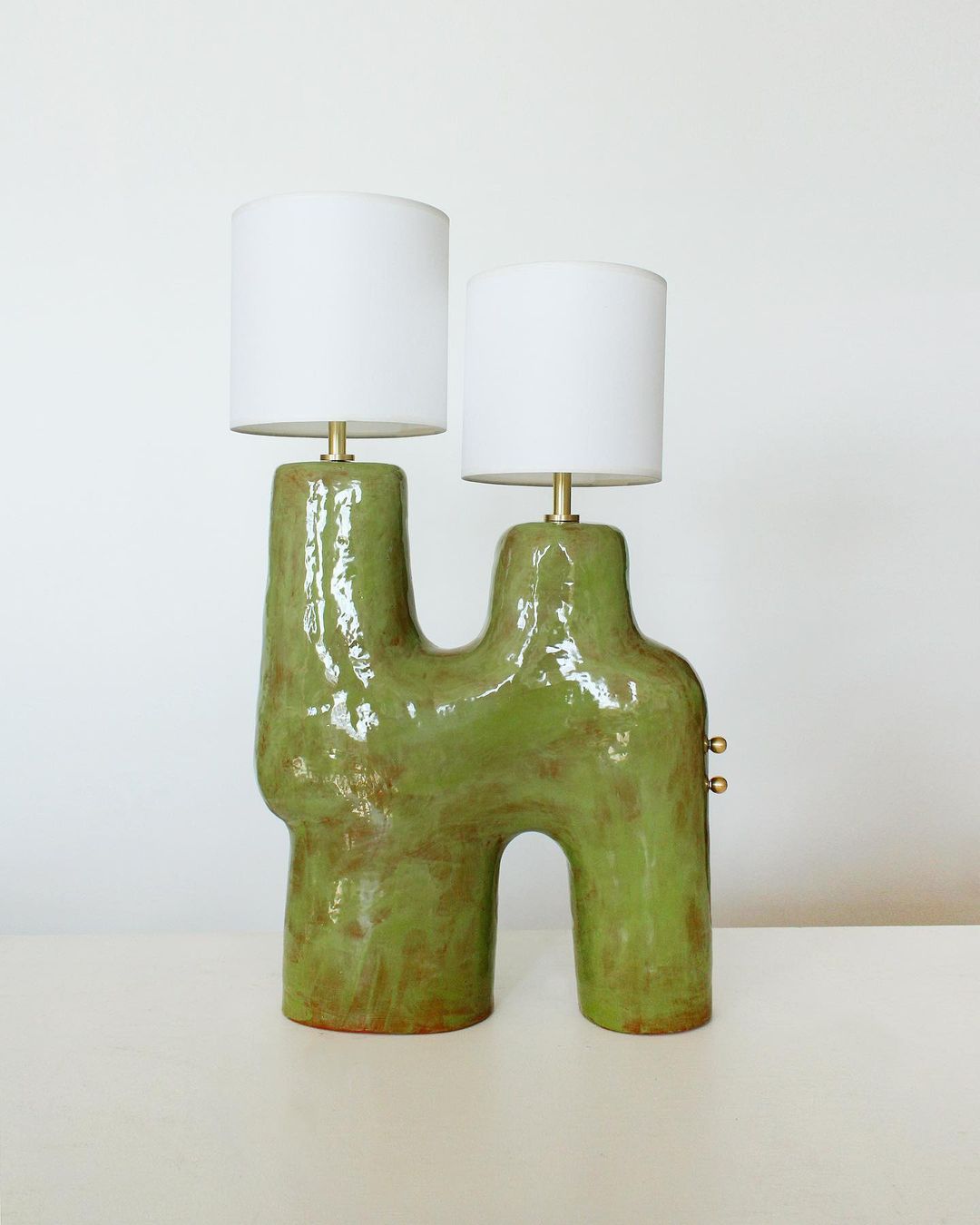
Your designs have generated so much buzz. What was the breakthrough of getting people’s attention?
While working on my master's, I also learned how to share my work with the press, and eventually, the right people saw my work and invited me to participate in an exhibition, which was Sight Unseen Offsite. I basically just put together a body of work that I'd finished in school and took it up north to the show. At the time, I didn't realize that it was actually a trade show, which meant that I needed prices for my pieces. I thought it was just a show for fun.
Being only 31, I feel like you've already accomplished so much within the design industry. Your pieces are things people really aspire to buy. It's so interesting how that process works when artists or designers create something. How do you go about setting up a sustainable business model?
Honestly, if I had to do it all over again, if you told me that I needed to start a business from scratch, I don't know if I could do it. I think that I got really lucky. As I was finishing up my thesis, everything eventually came together and organically became a business. But also, there's a lot of knocking on doors—that's how you get opportunities. You actually have to seek them out.
I always tell my friends and family to knock on all doors possible, even if you're not even that interested in them, just to see what options you have. But also, another reason why I think I got lucky was Instagram was kind of getting bigger and bigger during that time. I was able to really use that platform to share my work.
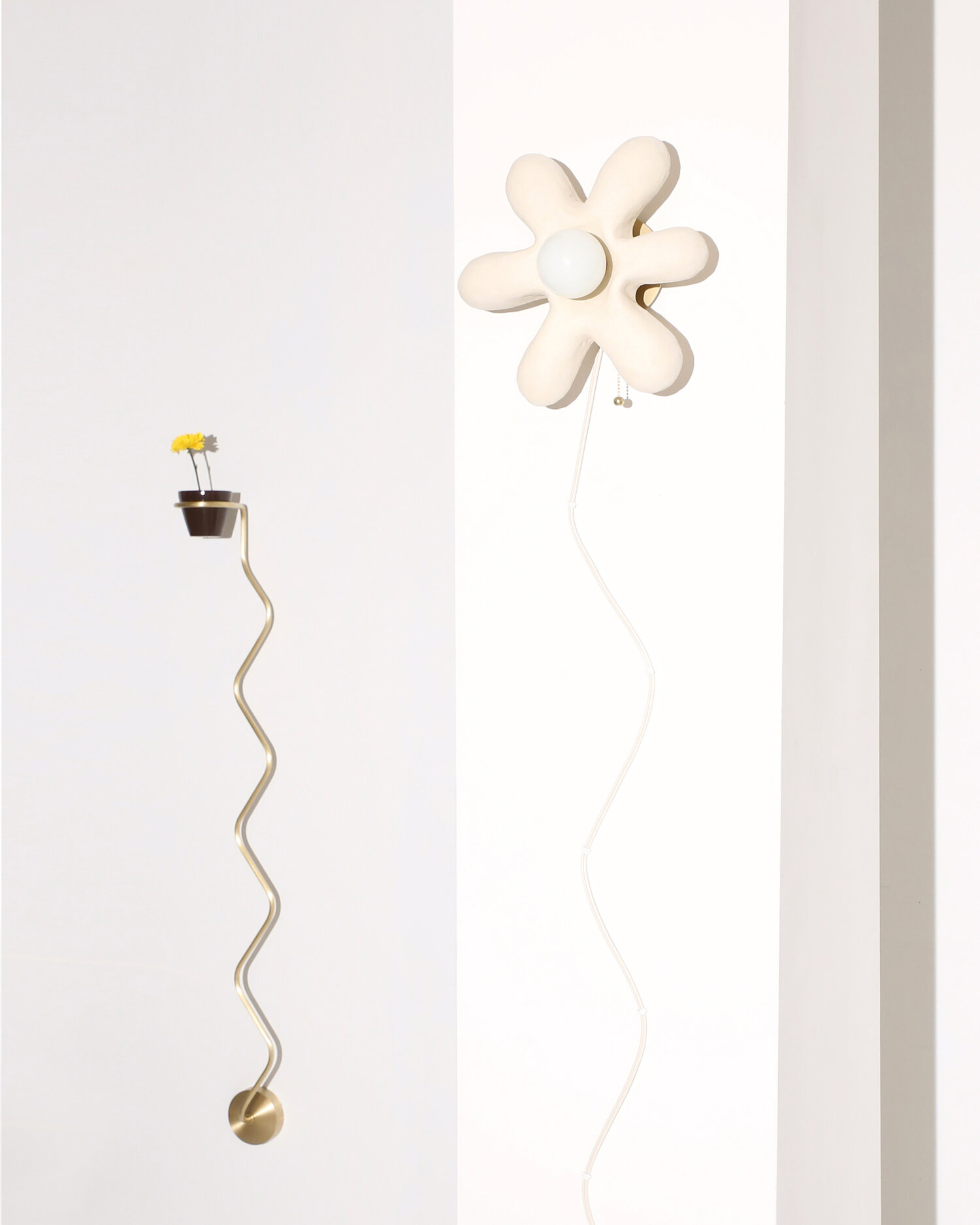
One of my favorite pieces is the Daisy Sconce—it just exudes joy. How do you go about developing your designs?
Most of the pieces that sell over and over again were originally designed for specific projects. I'll post them on Instagram, and then people start to think that they're available to buy, so then it becomes where I have to make them available to buy. It's never really been something that I designed because I just want to live with it. It's always been for some sort of client or part of a pitch to a project, and then the client just didn't want to go with it. Usually, there's not a lot of time to develop new products. It's not like school where you have a few weeks to fully develop a concept. Although my team is pretty small, luckily, I have help now, so I get more time to focus on projects that are more conceptual. Realistically, most of the time, though, I'm just on emails and packaging orders or cleaning the studio and organizing things.
You've dabbled in so many types of art. Why did you ultimately choose furniture and lighting specifically?
I'm very affected by my surroundings. Even today, I was telling my team that when the space is really chaotic or dirty, it can really affect my mood. I feel like a lot of people are like that, too, within their spaces—they mirror the energy that surrounds them. Furniture, for me, is a very intimate thing because my team and I make most of our pieces by hand or are made by local vendors who also make them by hand, so it's almost like we're extending our energy into somebody's home. I feel like that's really intimate.
I didn't grow up in the most beautiful home; I grew up sharing a room with my mom. Our home wasn't cute, but it was her happiest place. And to this day, it's where she lives, and she's happy.
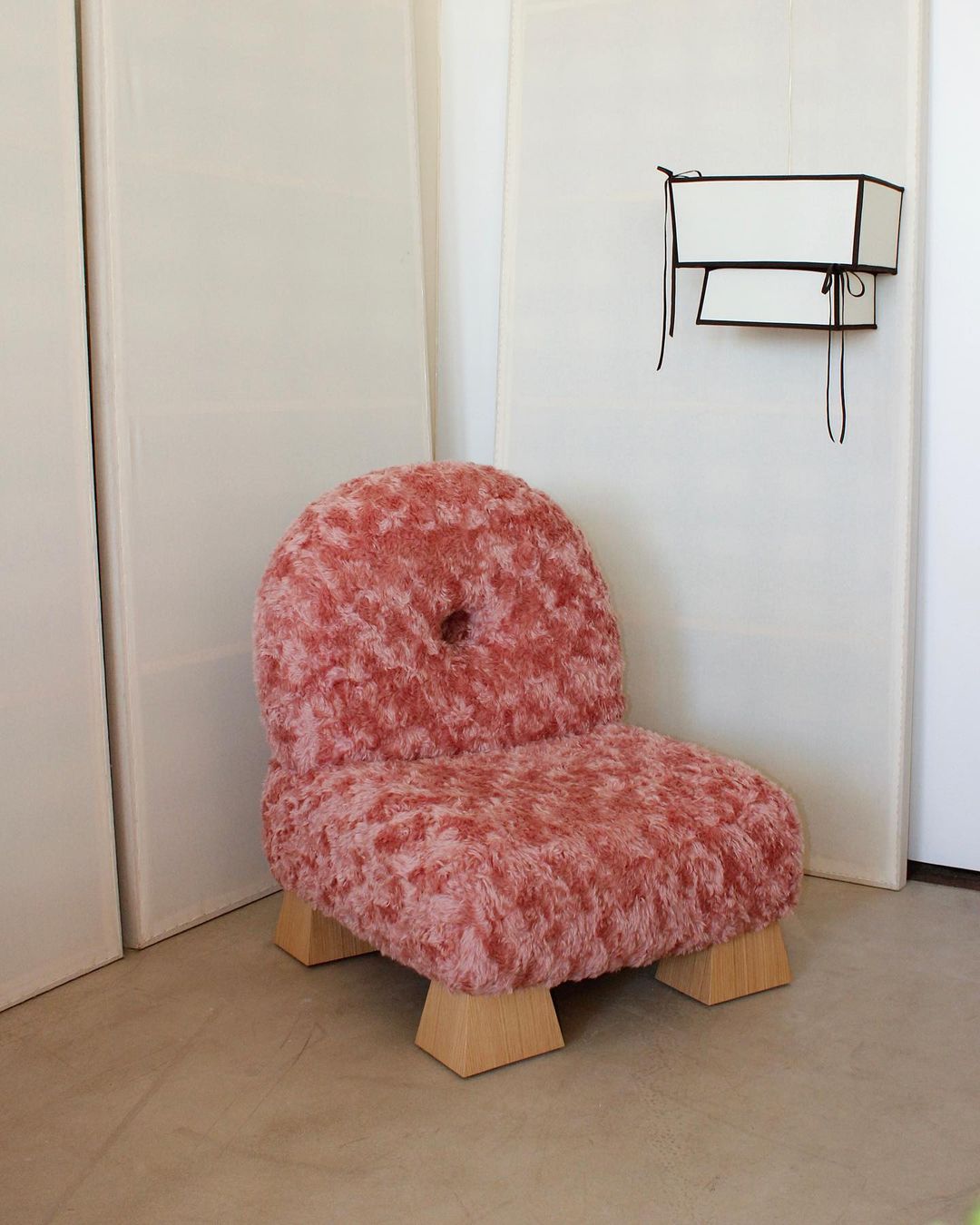
I noticed you feature a lot of pink in your work. Do you have an affinity for the color? What's the reasoning behind some of the shades and shapes that you go with?
Around 2016 or 2015, I did a residency, and that was the first time that I had ever used clay, so I ended up using terra-cotta because that was the cheapest clay I could find. I created a series of tables and lighting with the terra-cotta, took photos of them, and submitted the pictures to the press for consideration. Somehow, I think that was the year that terra-cotta also started blowing up, so I definitely got lucky. For my show in 2017, Sight Unseen said they wanted all of the terra-cotta stuff there, so in preparation for it, I started to design the space and thought, "What color would look nice against the terra-cotta?" I thought a nude, creamy color would really make the terra-cotta pop, but coincidentally, the paint that I bought ended up more pink than nude. Then, the images of that show also blew up. It was the same time Millennial Pink was such a big thing. I guess I just became a Millennial Pink designer.
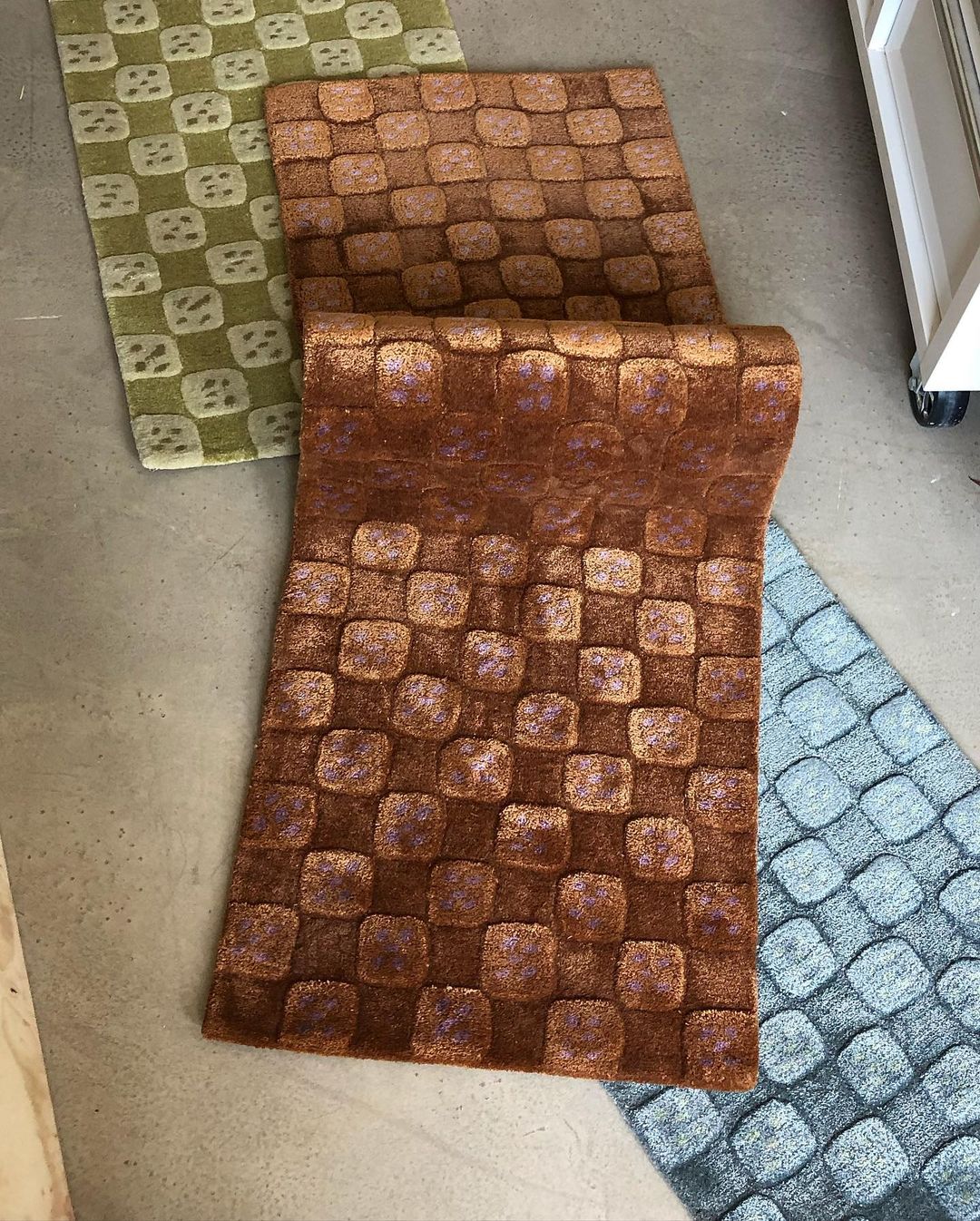
Your Domino Rug is also pink!
We have other colors of the rug, too! It's interesting because I don't think I wear a lot of pink. What it is, is that when people order them in the color that they want—which is usually the Millennial Pink (or right now, green is really hot)—that's what I'm going to take a photo of before I leave the studio. So I guess it's not something that I'm mentally choosing. It's more so that those are the colors that are in demand. I have nothing against Millennial Pink, though.
So what colors would do you choose? What does your own space look like?
Personally, I'm into bluish grays. I really like neutral tones, too—a lot of ivory, white, and cream colors. I also like green and chartreuse, and dark brown is really great to me right now. I don't know. I kind of like all colors.

What's your favorite piece that you've created and worked on so far?
When I went back to school to study furniture design, I had no idea how to build anything, and one of my first classes was a class on how to bend wood. I thought that bending wood would be like bending paper, so I basically made this model of a chair using paper thinking, "Oh, this is how I would do it." My professor looked at me and was like, "This is going to be hard," but he didn’t say it was impossible. The chair has a compound curve, and wood basically bends better in one direction, so with the curve, it had to be sanded into two different directions, meaning that it could crack. The entire process lasted 10 weeks to build the chair, and I still have it in my home. It's not the most amazing piece to look at, but I just remember spending 10 weeks working my ass off and giving it my all—I never had that feeling before. When you do projects, you always feel like "if I only did this differently or if I only spent a few more hours on this thing." You always experience that, but for this project, I don't feel like I could have done more.
I first discovered you on Instagram, and a lot of your designs get shared on there. There's sort of a certain millennial aesthetic that comes with that, like bright colors and quirky designs. How do you feel about being clumped within that aesthetic?
I mean, I just make the furniture. I think there is no wrong way with how other people use it. I don't love the millennial aesthetic, but I feel like how people envision my work is within that aesthetic. There's nothing wrong with it. I just know that I don't make things that I want to live with personally. I'm not sure if people would respond to dark wood tones and the farmhouse vibes I'm into. I'm just coming to a place where I'll fit wherever they want me to fit. But the other part of being a designer is … as your business grows, as your interests grow and you as a person or artist want to grow, you hope that people are receptive to it and [that] they allow you to also grow out of certain things.
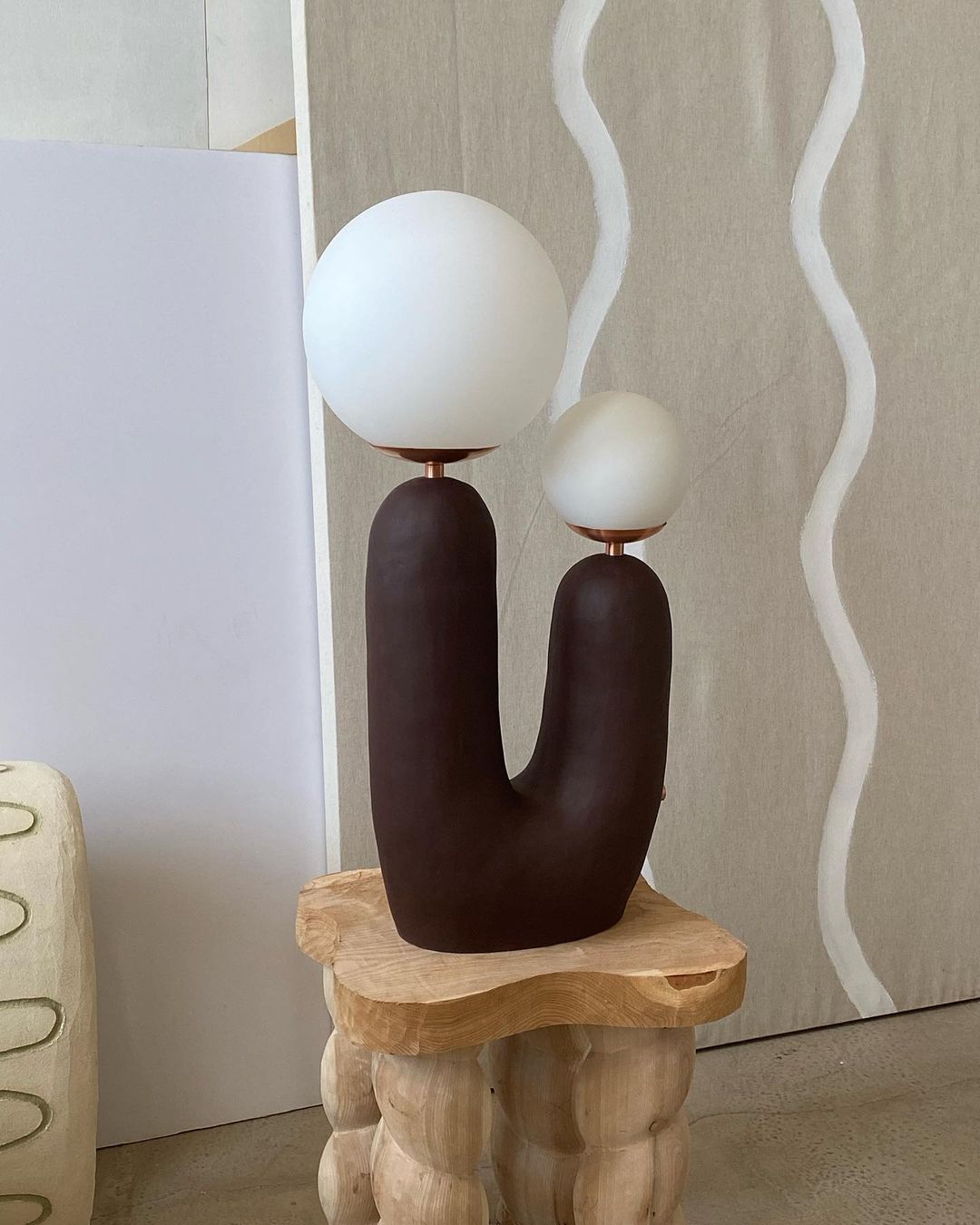
Your most well-known piece, the Oo Lamp, is super popular. How has the success of that been?
There's definitely huge respect for my lamps. That's basically what made my business and what paid a lot of the bills. I don't necessarily want to have it in my home really because I see it all the time, but I still have a lot of respect for it. As a designer, having different eggs in different baskets is important to sustain your business because you're not dependent on one product selling all the time. Because what happens when that trend ends? And that's why, right now, there are few projects in the works that hopefully in the next year will allow me to be more flexible in terms of where income comes from.
Of course, with popularity comes the issue of knockoffs and copying. How do you deal with that? I have seen a few copies of your lamp lately.
Let me tell you: 3D design and 3D pieces are not protected in the U.S., so there is not much furniture designers can do. If you are an individual or a person who wants to make something similar to put it in your home, I personally don't mind. I've had people tag me in a papier-mâché version of my lamp that they did with an Ikea frame. I get it—my pieces are expensive, and not everybody can buy them, and right now, I'm working toward creating pieces that are more democratic in price point. I think it's awesome that people can love something and try to replicate it for their home. I think people should inspire each other. It's a different story, though, if you are doing that to make profit or if you are a large company and realize that this is trending, so you have to make your own version of it.
There's definitely room to have these conversations about ethics within the design field and how to respect each other and get inspiration from existing, living designers without thinking that you are replicating their work or copying them. There should be room to talk about it without being scared.

Brooklyn and Queens have such a bustling network of creatives. How does it feel creating in that environment?
The furniture design world is probably the most welcoming, friendly, inviting, and honest sharing community. I have a lot of friends in fashion, but the design scene is easily my favorite community. Sometimes in fashion, there's a lot of expectations on how to look, how to dress, but in the furniture world, people are just creative and completely themselves. It's such a big, large community—from people who do woodworking to people who work with clay or do fine arts. They are so much fun and come in all shapes and sizes. It's still white male dominated, but hopefully, that will change.
What are some pieces, fashion- or interior-wise, that you're into right now?
I've been really into supporting my community when it comes to Korean designers or Asian designers. I've been really excited to search and learn more about them—there's so much talent out there. I recently bought a custom coffee table from my friend Minjae Kim, who's a Korean designer and has studios nearby in New York. My assistant also does furniture, and one of my friends, Valerie Name, recently launched a sustainable brand called Spolia. I'm also into Su Wu's Casa Ahorita in Mexico City as well as Cassi Namoda's work. Seeing all of this talent around me and investing back into my own community has been a privilege that I get to have.
Shop Eny Lee Parker's Favorite Brands
Up next, I Stalk Home Décor Accounts—6 Design Trends That Are Dying
Indya Brown is a fashion editor, stylist, and writer living in Los Angeles. After graduating in 2016, she joined The Cut as a fashion assistant, eventually working her way up to fashion editor. While New York has been her home for over 10 years, she moved to Los Angeles in the midst of the pandemic in 2020 for a new chapter where she started working at Who What Wear, focusing on emerging designers, rising trends on and off the internet, interior design, and BIPOC creatives and brands. Aside from her work at Who What Wear, Brown is also a freelance stylist and writer, working on national print and video commercial campaigns for Sephora, The Independent, and Cadillac. Her bylines also include Harper's Bazaar, Vox, and The New York Times.
